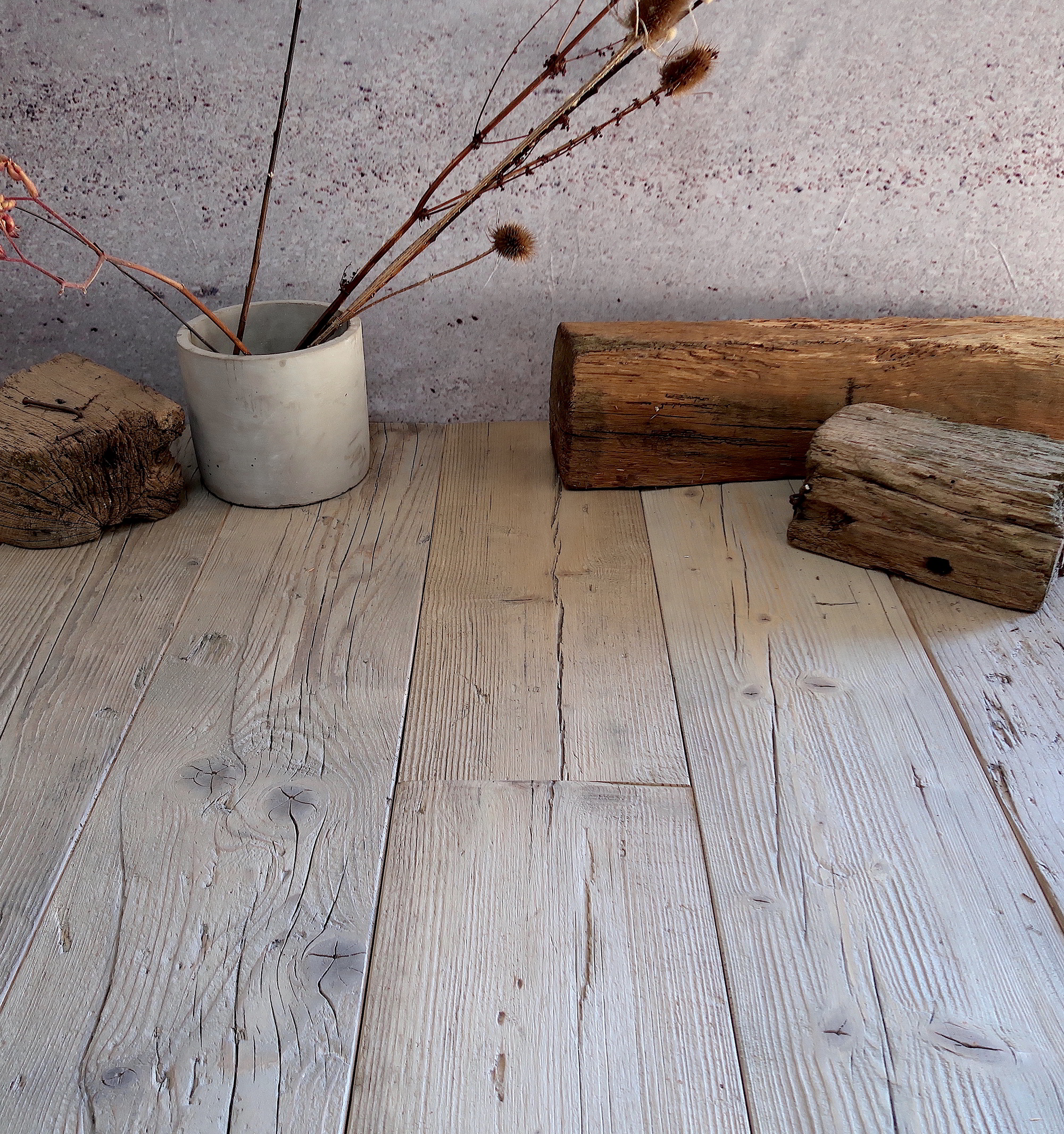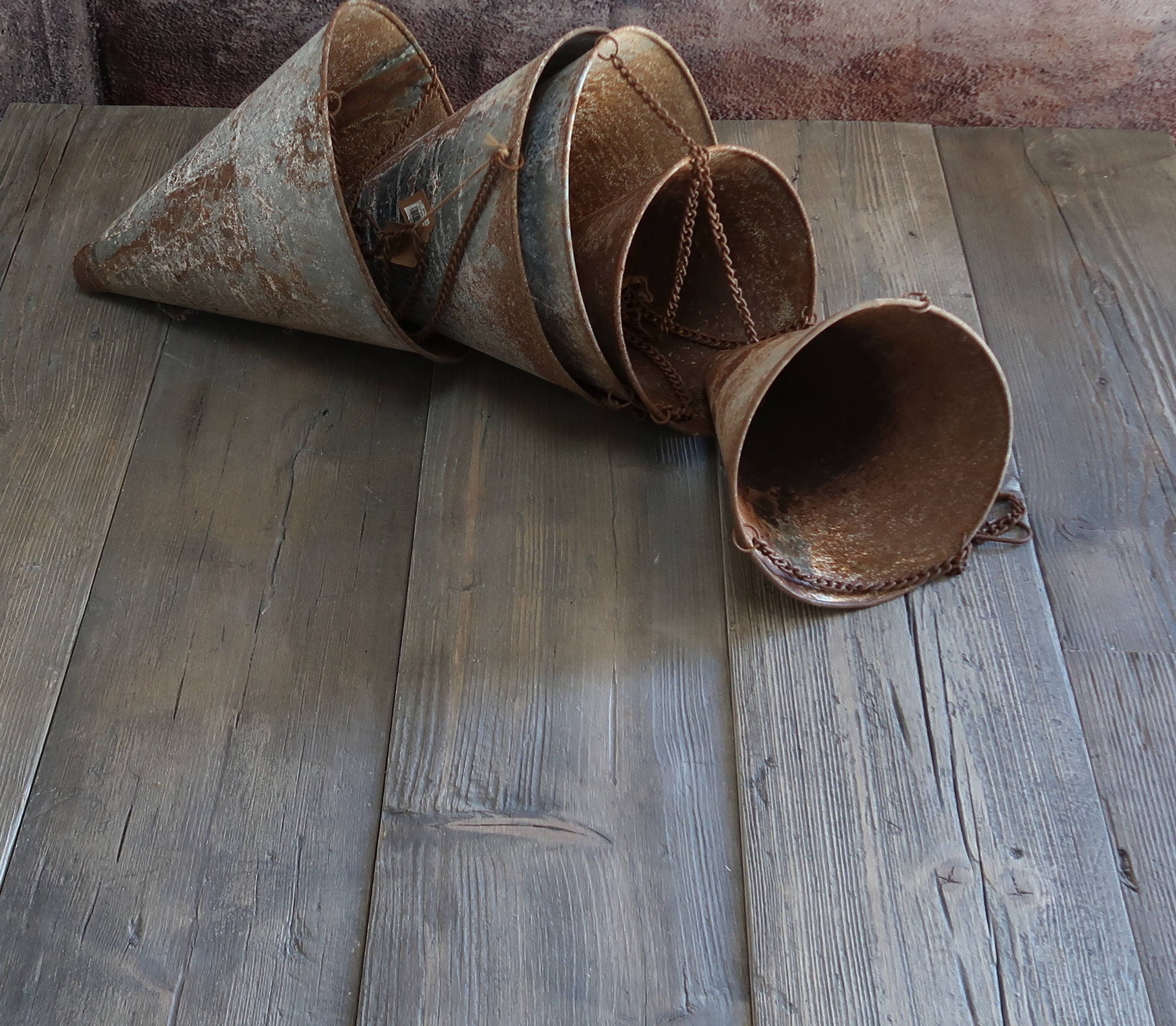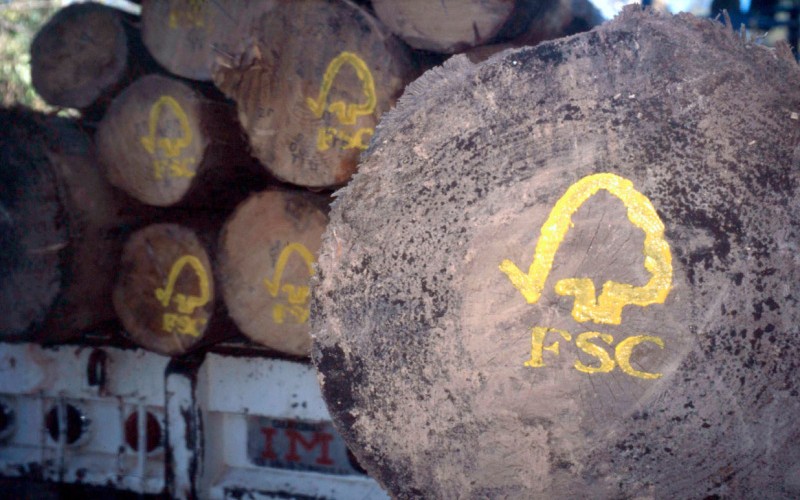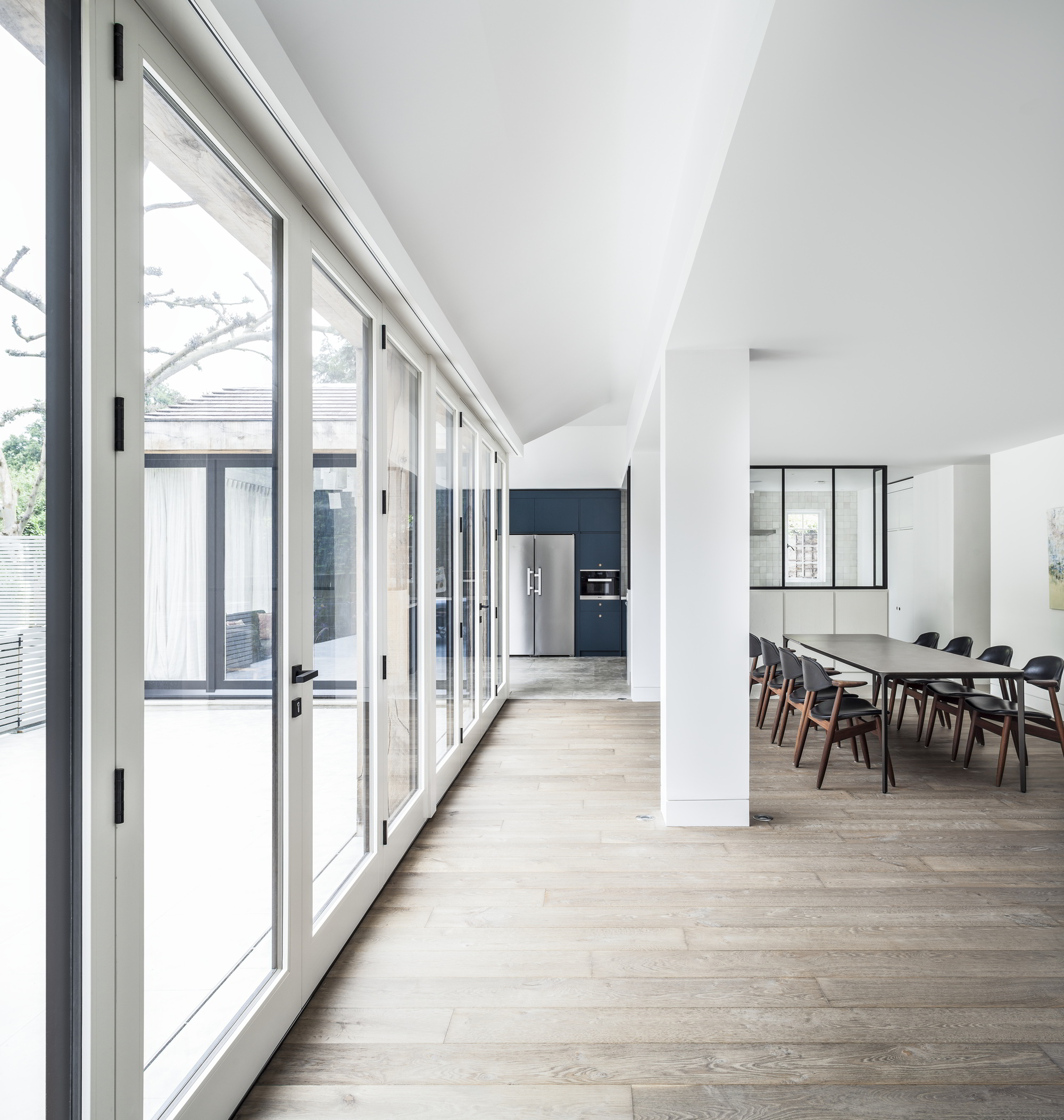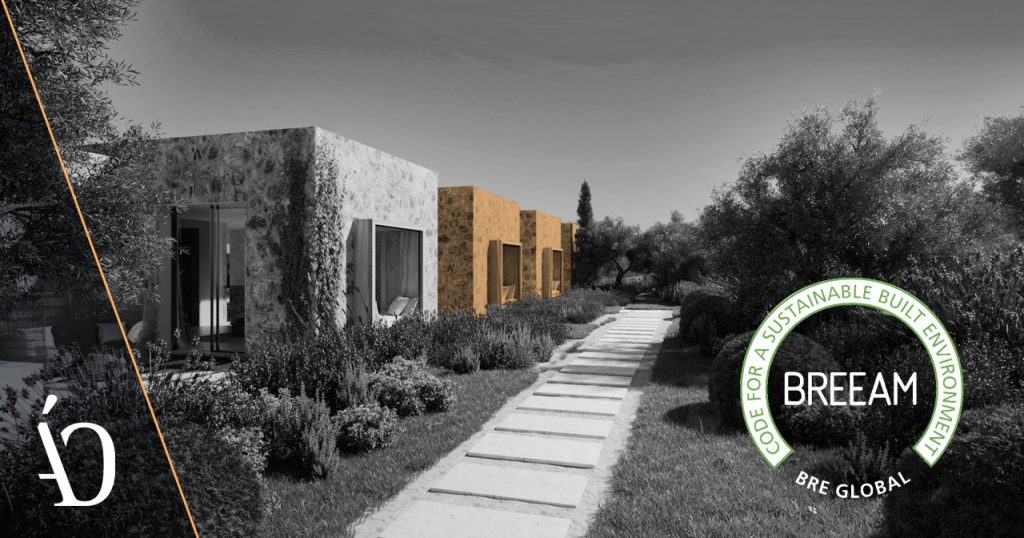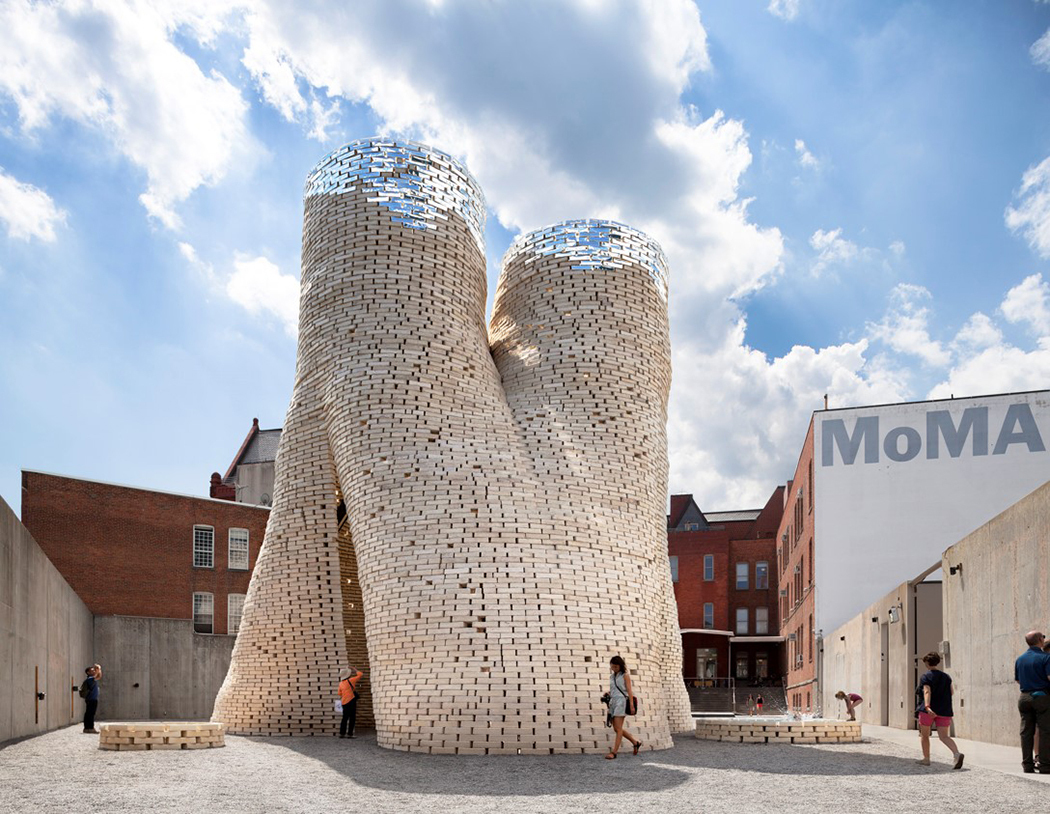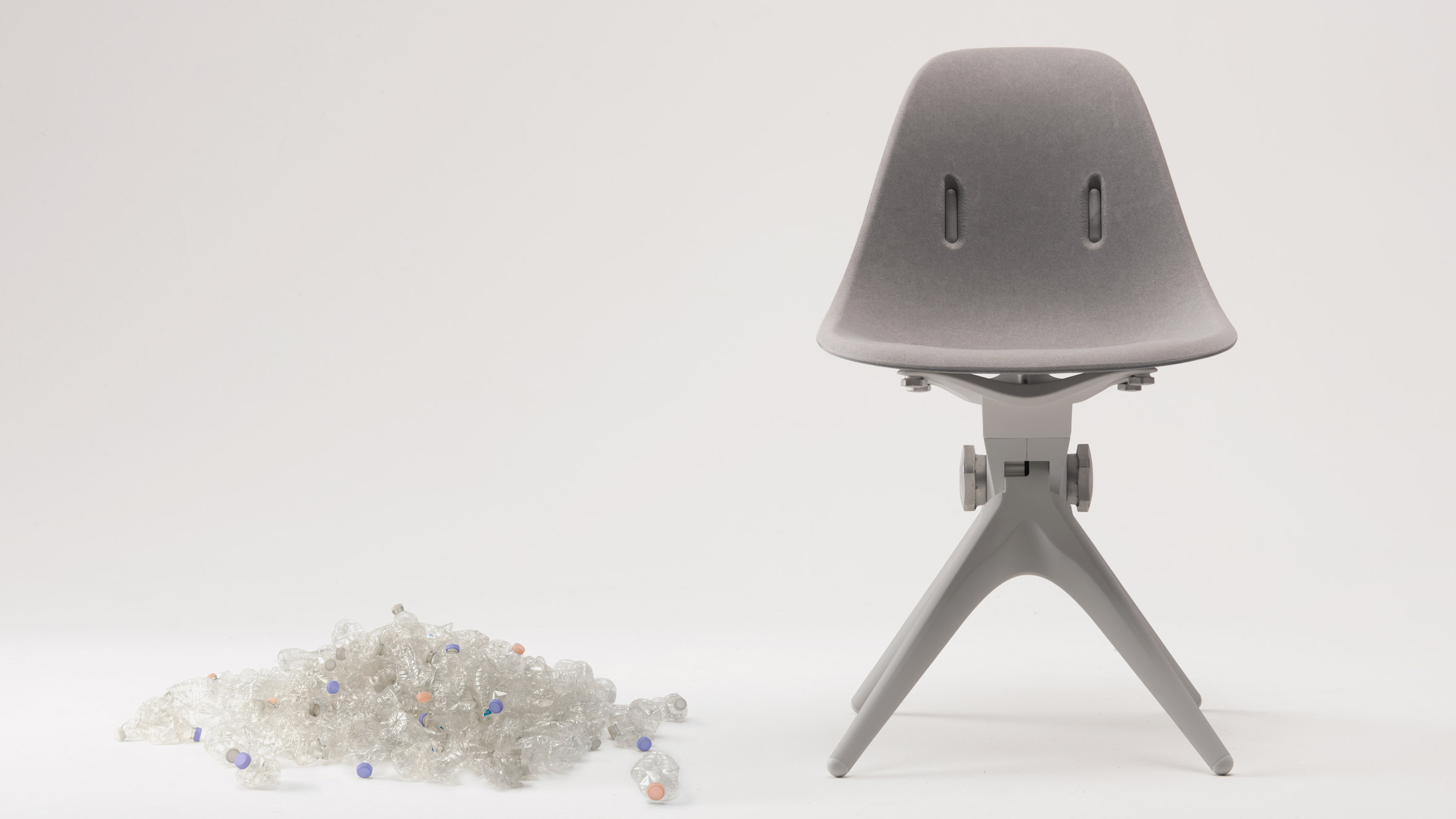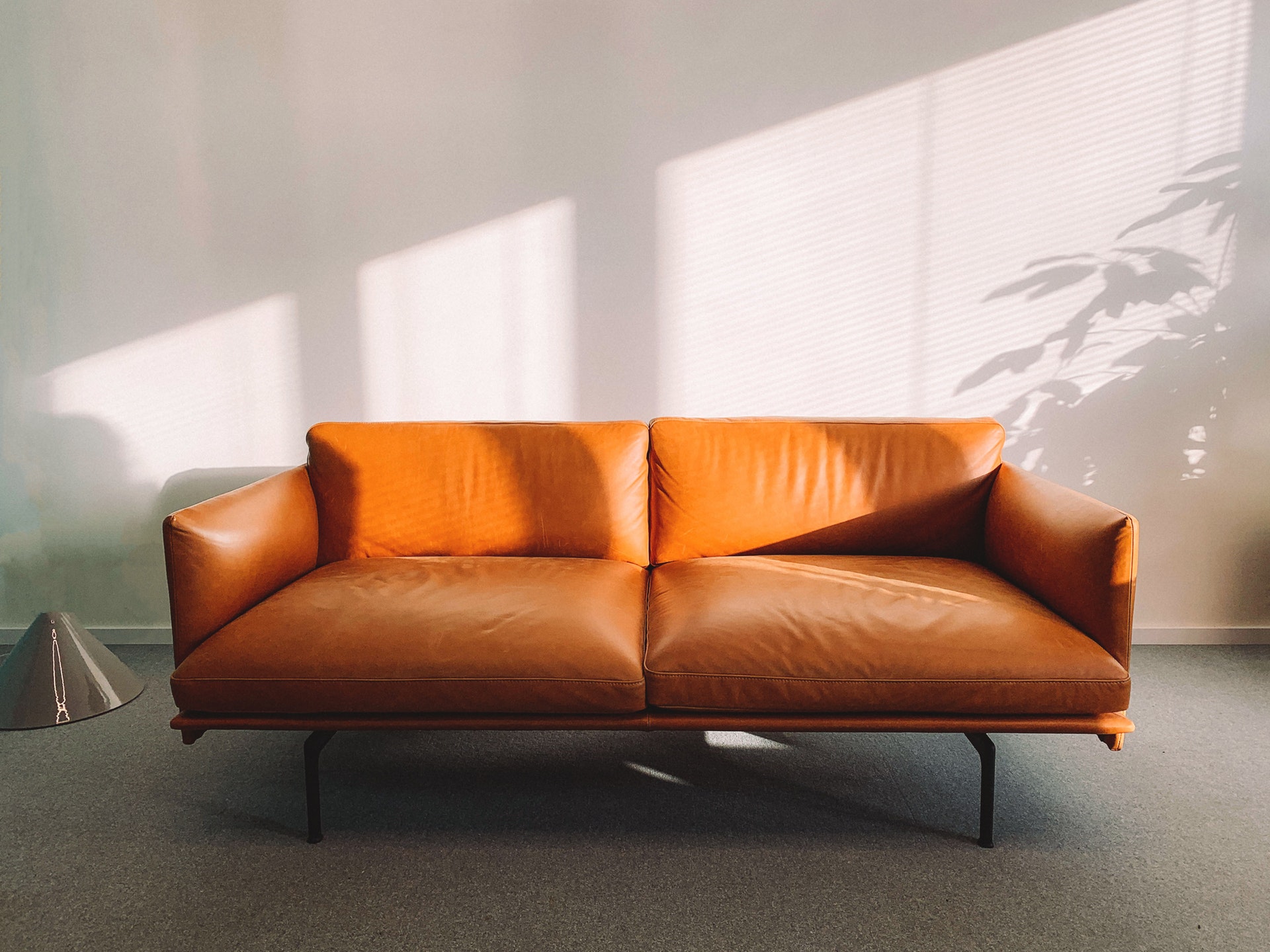
For our interiors to be as sustainable as possible, we must consider and build sustainability from the very start.
Far from being an add-on or an afterthought, sustainable payid deposit casino australia design processes are more widely available now than ever before.
We can do many things to ensure that our interiors don’t negatively impact the environment but actively contribute to environmental wellness.
Sustainability is more than just the ‘reduce, reuse, recycle mantra that we have become familiar with over the last decade.
It is a social project aiming to improve human quality of life through the preservation of materials and conscious thought about our choices’ impact.
Truly sustainable spaces with biophilic characteristics boost the wellness of their inhabitants by bringing them closer to nature.
Materials and products
As far as possible, our interiors should use natural materials such as wood, marble, ceramic, linen and wool.
The fewer industrial-scale finishes applied to these products, the more sustainable they are.
This keeps more chemicals out of our environmental systems and preserves the reusability of the products we choose.
When choosing products, it is also essential to consider the impact of transporting them to our site.
Using less material produces less waste, lowering transportation’s impact.
This can be harnessed by choosing one supplier for more than one design element in our design, as more suppliers will bring a higher environmental impact.
Environmentally responsible suppliers
One of the key tools in ensuring our interiors’ sustainability is verifying our suppliers’ environmental credentials.
Many organisations offer certification for those businesses that have proved the sustainability of their materials and procedures.
The following three are internationally recognised certifications worth looking out for.
BREEAM
BREEAM is the world’s leading science-based suite of validation and certification systems for a sustainable built environment.
Planet Mark
Planet Mark is a sustainability certification which recognises continuous improvement, encourages action and builds an empowered community of individuals who make a world of difference in the field of sustainability.
C2C
Cradle to Cradle Certified assesses the safety, circularity and responsibility of materials and products across five categories of sustainability performance.
It looks not only at the sourcing of products but also at the impact of sourcing and reusability of materials.
Designing for waste reduction
One of the newest approaches to sustainable new projects has been to flip the entire design process on its head.
We can build out waste by asking which materials are already available and using those materials as a starting point.
This novel way of considering the impact of our interior projects from the beginning of the design process not only vastly reduces waste produced by the project but also takes existing waste out of the industry.
Reuse is far less harmful than recycling.
By seeking reclaimed products and ways to incorporate existing structures and materials, our projects will be as unique as they are sustainable.
Second-hand furniture
The simplest way to minimise the environmental impact of our new project is to bring in second-hand furniture.
Stunning pieces can be found to work as statement objects or to blend seamlessly into our existing designs.
A creative interior designer can help you source the perfect focal points for your room or design around an existing piece you already own.
Design for longevity
Projects with aesthetically timeless and highly durable pieces that will retain their value over time are increasingly popular.
Choosing products that will last longer, do not need to be replaced as frequently and can be repaired or upgraded will ensure our new projects are sustainable as they are not sending any waste back into the environment.




